Here is the list of 10 Plants You Should Never Grow Indoors! Why? Because some of them are high-maintenance or extremely toxic.
Growing plants at home can be a rewarding experience, but not all plants are suitable for indoors, especially if you have kids, curious pets at home, or if you are a fussy gardener.
16 Most Toxic Mushrooms Found Easily in Garden
Plants You Should Never Grow Indoors
1. Oleander
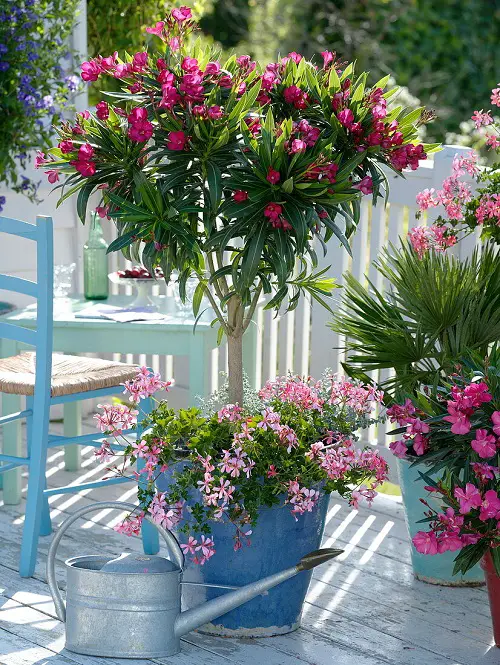
Botanical Name: Nerium oleander
Oleander is a beautiful but highly toxic flowering shrub. Its presence indoors or probably on a balcony or patio can pose a significant health risk, especially if you’re a parent, as all its parts contain cardiac glycosides.
2. Castor Bean Plant
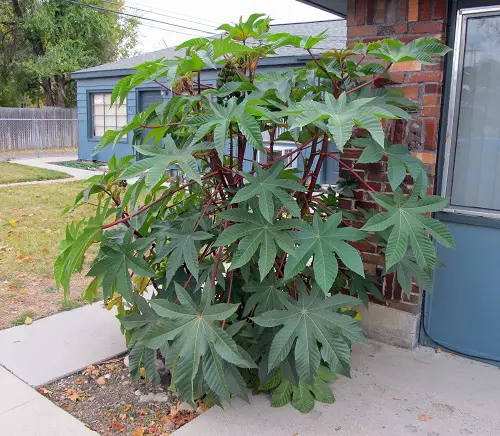
Botanical Name: Ricinus communis
The castor bean plant has very attractive foliage, but it contains ricin, a deadly toxin. You should definitely avoid growing it around your house, and if you see it growing, remove it. It is said that 4 to 8 castor beans if ingested, can make a lethal dose for an adult.
3. Crown of Thorns

Botanical Name: Euphorbia milii
This succulent has one of the most long-lasting flowers, but it produces toxic latex sap, which can cause skin irritation and can even make you blind if it goes into the eyes. It’s a must NO if you have children at home; if not, the best position to grow is on a sunny windowsill.
24 Common Flowers that are Poisonous | Toxic Flowers
4. Pitcher Plants
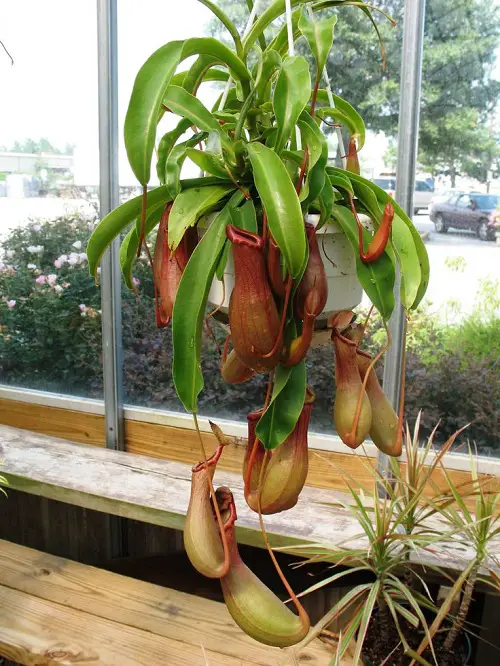
Botanical Name: Nepenthes
Avoid growing it because this carnivorous beauty needs very high humidity and consistent prudent watering, making it a challenge for new plant parents or dry-air homes.
5. Azalea
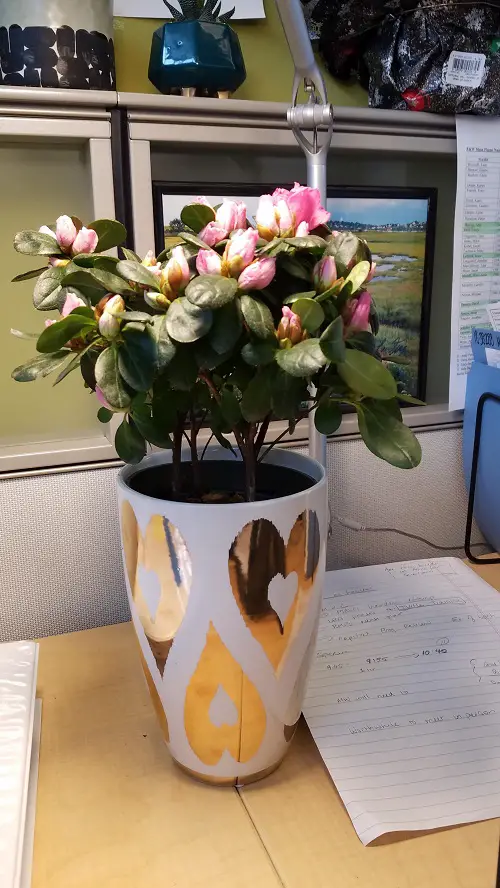
Botanical Name: Rhododendron
These beautiful flowering shrubs need cool temperatures and bright, filtered sunlight, conditions rarely found in most homes. This makes them high-maintenance houseplants and not only that, they are toxic.
6. Venus Flytrap
Botanical Name: Dionaea muscipula
This quirky carnivorous plant might seem like a fun conversation starter, but its specialized needs for sunlight, humidity, and insect prey make it difficult to thrive indoors, especially if you’re new to gardening.
26 Milky Sap Plants You Must Know About | Plants with Toxic Milky Sap
7. Avocado Trees
Botanical Name: Persea americana
While growing your own Avocado might be tempting, they require very specific conditions and can take years to bear fruit. Plus, they’re prone to pests and diseases indoors, unless you’re growing it for a foliage show; avoid this.
8. Sago Palm
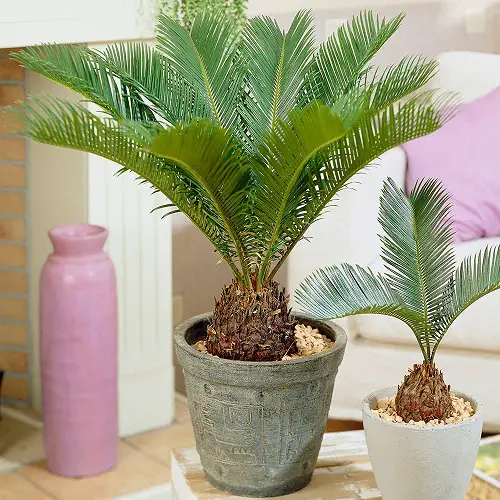
Botanical Name: Cycas revoluta
This prehistoric-looking palm’s seeds contain cycasin, a toxin that can damage the liver. Also, the pointed ends of the foliage can pose a problem to running pets and kids.
9. Dieffenbachia
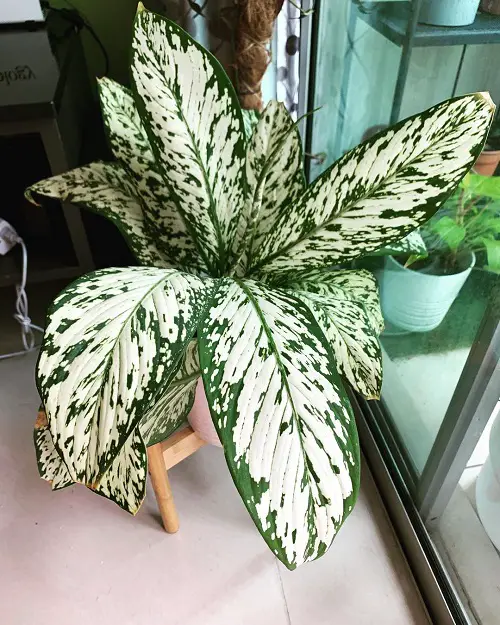
Botanical Name: Dieffenbachia
This houseplant is a favorite of many, but it truly lives up to its nickname. The sap can cause intense oral irritation – our suggestion is to avoid it if you have pets and kids. Otherwise, it is one of the easiest houseplants to grow!
Here’s the list of the deadliest plants from around the world
10. Devil’s Backbone
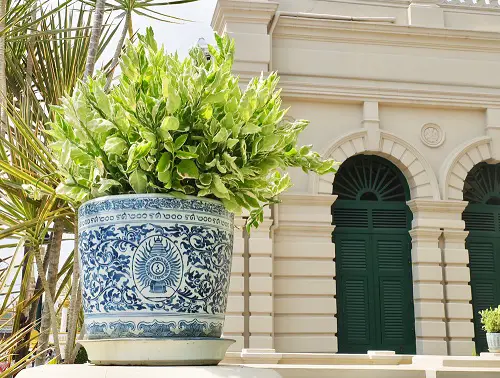
Botanical Name: Euphorbia tithymaloides
The Devil’s backbone is an extremely low-maintenance plant of the Euphorbia genus. It can tolerate drought and low light like a true champion, but it’s highly toxic like other plants of this family. So, if you have a cute puppy that loves nibbling plant leaves, avoid keeping it at home.



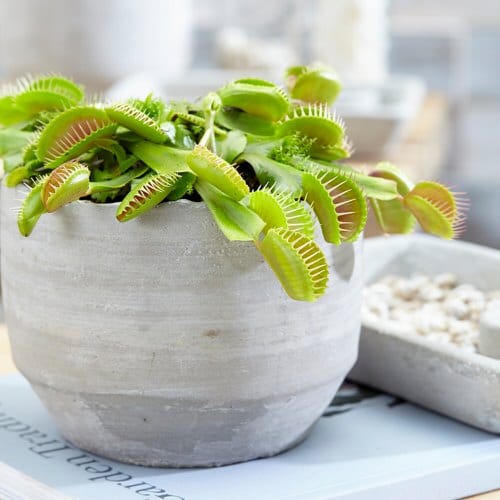


Interesting. Now, I know which plants to keep indoors and outdoors. Thanks.